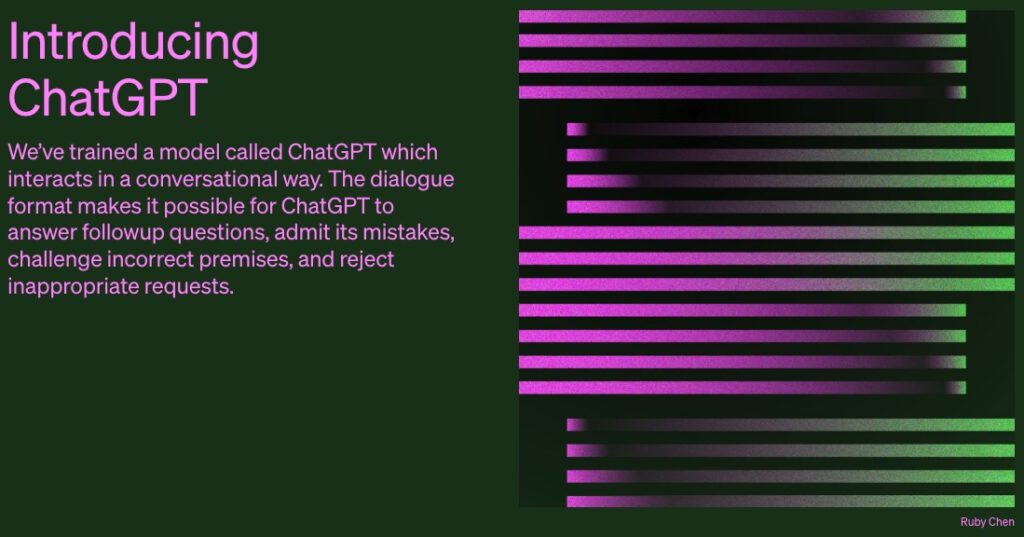Everything’s changing (again). Let’s keep a running list of all the ways you can use ChatGPT, GPT-3, the just-released GPT-4, and related LLMs for knowledge graphs, graph databases, and other graph platforms cases and solutions.
I’ll start with my blog post from a couple of weeks ago, 4 Ways to Use ChatGPT for Graph Databases
- Convert text-based, or natural language queries into graph database queries, which we are literally doing in our Gemini Explore product [click here to schedule a call to see it in action]
- Data enrichment for more human-readable representation of relationships leading to improved decision-making
- Recommendation engines for e-commerce, media, and other applications
- Generate synthetic graph data so proprietary or sensitive information isn’t accessed (including sample data)
From Kurt Cagle‘s list (with examples), ChatGPT Tricks for Knowledge Graph Workers
- Generating scientific (known) data as an ordered table (periodic table returned as tabular data)
- Generating scientific (known) data to a given schema (periodic table returned in Turtle RDF format)
- Converting a plain text report into a complex schema (a written police report returned in RDF format)
- Generating information graphics from plain text (generate a graph/network diagram from that same report)
- Getting supplemental information (DC comics character information returned in specific machine-readable formats)
- Entity extraction and content enrichment (extraction from Presidential executive order record into RDF format)
- Taxonomy construction (fed an outline, it returns it in RDF format)
- Rudimentary reasoning (show all but panthers in a taxonomy list)
Kingsley Uyi Idehen over on Medium has a whole batch of suggestions and amazing (and strangely serene!) videos on YouTube:
- Medium: Generate a course description outline from plain text to RDF format
- YouTube: Turn a job description into machine-readable format
Mai Văn Khánh on Medium creates diagrams and workflow graphics related to the scenario of “a small software development company wants a tool will allow clients to create projects, assign tasks to team members, and track the progress of the project.” Using the Mermaid.js: (all with in-depth examples)
- “Use case diagrams to capture the high-level interactions between the client and the project management tool.
- “Class diagrams to model the classes of objects in the system, such as projects, tasks, and team members.
- “Sequence diagrams describe the interactions between the client and the system when performing specific tasks, such as creating a new project.
- “Activity diagrams to show the flow of activities within the system, such as moving a task from one state to another (e.g., from “in progress” to “completed”). This one is a little iffy.
- “Component diagrams that show the physical components of the system and how they relate to each other.
- Flowchart diagram showing the order of interactions
- State diagram for various objects in the application
- Entity relationship diagrams that shows how the various data points are related
- A Gantt chart to show the timeline with tasks
- Gitgraph showing the “environment developer, staging, and production branching strategy”
- User journey diagram (doesn’t really pan out, yet)
And of course our besties at Neo4j are on it with a bonnet:
- Konrad Kaliciński details how to turn list of requirements for a graph database into literally the structure with node labels, relationship labels, and property keys
- David Stevens walks through generating sample data that their customer success team can use (and reuse) when they can’t get direct access to a prospective customer’s data
- Fanghua Yu takes a graph database of movies and actors and turns it into Q&A system
Tomaz Bratanic on Medium:
- Create a chatbot with a knowledge graph and ChatGPT
Cobus Greyling from HumanFirst on Medium: (tons of additional writing on LLMs, etc.)
- Creating a custom fine-tuned model with GTP-3 language APIs
- And a similar process for custom intent classification, in this example, discerning between content about hockey versus baseball
Dean Allemang on Medium:
- Using LLMs for narrowing the judgment gap in knowledge graph development and implementation through proposing mappings between an ontology and a data schema
Stay tuned! I’ve got alerts turned on so should be adding to this post pretty frequently!
In the meantime, check out how we’ve integrated OpenAI’s GPT-X APIs with Gemini Explore.

